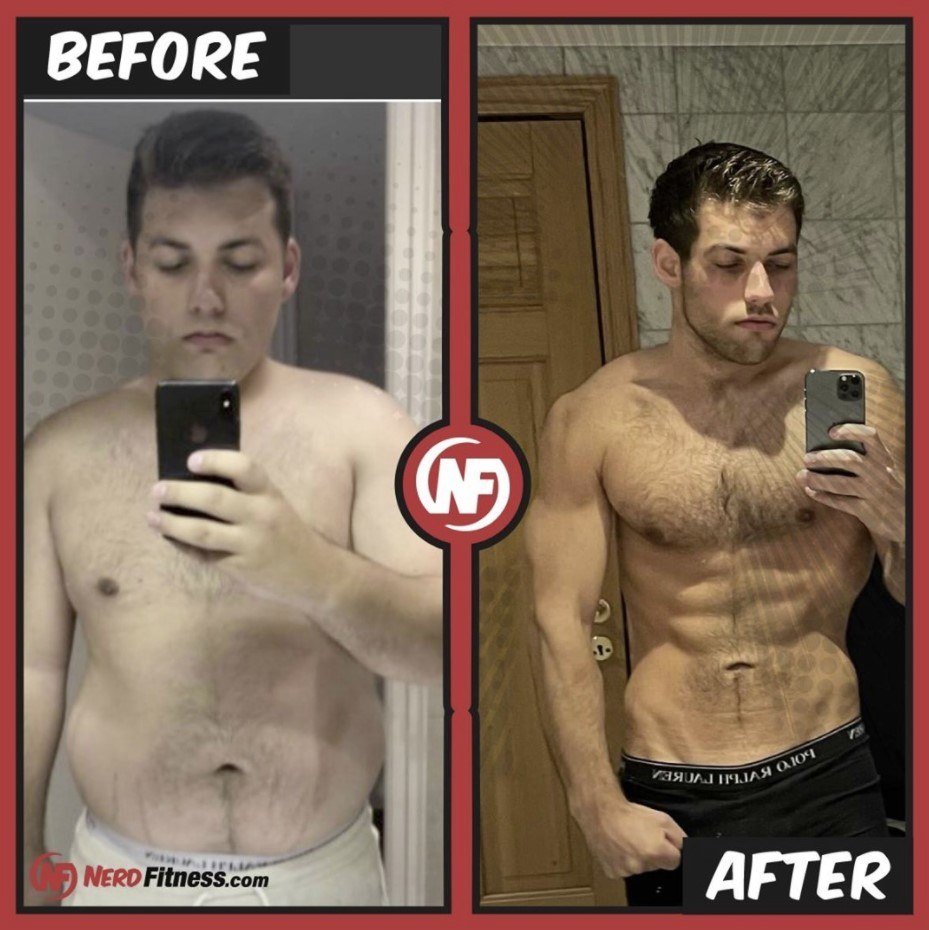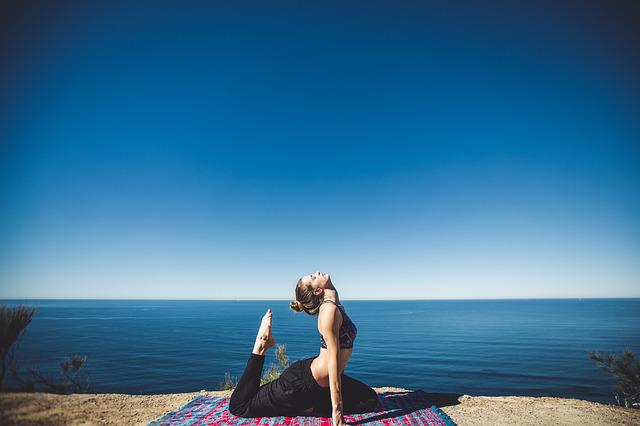
When choosing weight lifting shoes, consider the heel height. Half to three-quarters inch is the ideal height for a heel. Any height above this is usually reserved for Olympic lifters, or for those with issues with their ankles. Karl Schudt is one example of an athlete who prefers flat shoes to their long femurs.
Functionality
A pair of weight lifting shoes should be both comfortable and functional. The upper portion should be durable, but also breathable. You can opt for a heavy-duty mesh or leather upper. A solid upper boot will provide more stability. Try different styles first if weightlifting is new to you.
These shoes allow for more power during heavy lifting than other trainers. They can also be used to teach beginners how to perform strength-training exercises like leg presses or split squats. The weightlifting shoe promotes proper knee tracking and improves quad usage.

Breathability
Breathable fabrics are crucial to consider, no matter if you're looking at a pair of weightlifting leather shoes or a lighter nylon pair. Leather is durable, but it is not the most breathable. Although nylon and mesh are more breathable, they won’t be as durable. Which material to choose depends on how often you plan to use the weightlifting shoes.
The right weightlifting shoes are essential for safety, comfort, efficiency, and comfort. The shoe's upper must be made of breathable material. The leather upper should have holes to allow the feet to breathe. You also want the shoes to be stable. Two lockdown straps are used on some weightlifting shoes to keep the heel in place.
Heel height
It is important to consider the heel height of weightlifting shoes. You will need to stand taller to be able to reach your full height. Additionally, it can make you feel uncomfortable once you've reached full depth. You should choose weight lifting shoes that enable you to squat to your fullest extent without feeling uncomfortable.
In general, shoes for weightlifting should have a heel height of one-eighth to one half inches. This range is ideal for clean and jerk, snatch, and clean exercises. Risto Sports is one brand that stocks weightlifting footwear in this heel height range.

Design
Over the years, weightlifting shoe designs have changed. The movements of the weight lifter under the barbell influence the design of weight lifting shoes. This is due to how the trunk, thigh and shin are placed. This combination makes weightlifting safer and easier.
The right design is essential for weightlifting shoes to be comfortable. They should be snug and provide exceptional support. They should have non-compressible wedge soles to provide maximum stability and traction against concrete.
Targeting certain muscles
For leg strength, weight lifting boots can be used. These shoes can help you keep a proper squatting posture and target certain muscles. You can do more workouts without worrying about injury. They are great for improving your performance during exercises such as front and back squats. They are also great for other movements like clean and jerks or overhead squats.
FAQ
What does nutrition do to your body?
Your body's ability to function properly is aided by nutrition. To ensure that your body receives adequate nutrition, it is best to eat a balanced meal with lots of fruits and vegetables, lean protein, whole grain, as well as healthy fats.
What are resistance training exercises?
Resistance training uses weights or other objects to perform certain movements. Lifting weights, for example, can help strengthen your arms and shoulders, chest, backs, legs, core, and core. Resistance training increases muscle mass, bone density, and overall strength.
Do I gain weight from exercising?
Not at all. Exercising can help you maintain your current weight. Training regularly can help you build muscles, increase your metabolism, and burn more calories. This will mean that your body won't store as many calories.
How nutrition and exercise can make your life better.
Exercise can help you stay healthy, lose weight and gain muscle mass. It also helps reduce stress. Nutrition is crucial for your energy, mood, health, and sleep. Eat less meat, limit alcohol consumption, avoid smoking, exercise regularly, and reduce your risk of dying.
Statistics
- One study showed that adults who watch more than 4 hours of television daily had an 80% higher risk of death from cardiovascular disease. (heart.org)
- In high-income countries, 26% of men and 35% of women were insufficiently physically active, as compared to 12% of men and 24% of women in low-income countries. (who.int)
- An estimated 110,000 deaths per year could be prevented (cdc.gov)
- According to the Centers for Disease Control and Prevention, chronic diseases cause 7 out of 10 deaths in the U.S., and treating chronic diseases accounts for 86% of U.S. healthcare costs. (mana.md)
External Links
How To
How to burn belly fat faster
Belly Fat is often thought of as a problem when trying to lose fat. But if you think about it, Belly Fat is actually a good thing. Your organs are protected from being damaged by excess belly fat. Let's look at how to rapidly lose belly fat.
Lack of exercise and stress are the main reasons we store body fat. The cortisol hormone stimulates stress which makes us hungry. Cortisol raises insulin levels. The insulin then stores extra calories as fat. The release of adrenaline from our bodies causes increased appetite. These extra calories can also be reduced by exercise
There are many options to reduce belly weight. Depending on your budget, you can try each one. Here are some tips to help you get rid of belly fat quickly.
-
Reduce your food intake. Instead of eating three large meals per day, try to eat smaller meals. This will help you consume less calories.
-
Drink plenty of water. Water helps flush out toxins from the body and keeps you hydrated. Water before each meal can help you feel fuller longer and reduce your appetite so that you don't overeat.
-
Avoid eating unhealthy snacks. If you're looking for quick fixes, snack foods like chips, cookies, candies, etc. This might be tempting. Avoid these unhealthy treats. They are full of empty calories, too much sugar, and can be very fattening. Instead, choose healthy alternatives like fruits, veggies, nuts, seeds, and whole grains.
-
Strength training should be performed at least 3 times per week. Strength training builds muscle mass that burns more calories, even when it is done while you rest. It strengthens bones muscles ligaments, tendons and the heart.
-
Walking or stretching is a good habit to do regularly. Stretching helps to improve flexibility and mobility, which reduces back pain. Walking is great for burning calories, especially brisk walking for 30 minutes.
-
Reduce alcohol intake. Reduce alcohol intake. Alcohol is a waste of calories and has no nutritional value.
-
Reduce your weight gradually. To lose weight, the first step is to determine what your current weight. Then, add 5% to 10% to your body weight to get your ideal weight. Once you have calculated your target weight, start reducing calorie consumption by 500-1000 calories daily until you reach your goal.
-
Avoid processed foods. These foods are high in salt, sugar, preservatives, and other harmful ingredients. Even though they can be very convenient, these foods lack sufficient nutrients to support your health.
-
Don't skip breakfast! A good breakfast can improve concentration, memory, as well as energy level. Breakfast should include protein (like eggs), fiber (like oats), and complex carbohydrates (like oatmeal).
-
Have regular bowel movements. Constipation and irregularity cause bloating and gas. This can be prevented by drinking plenty of water and increasing fiber intake.